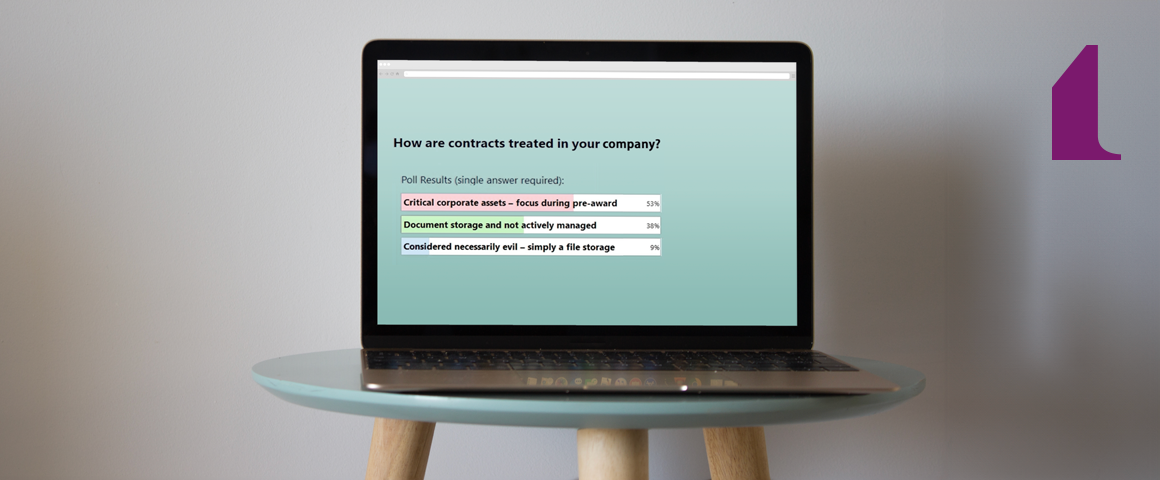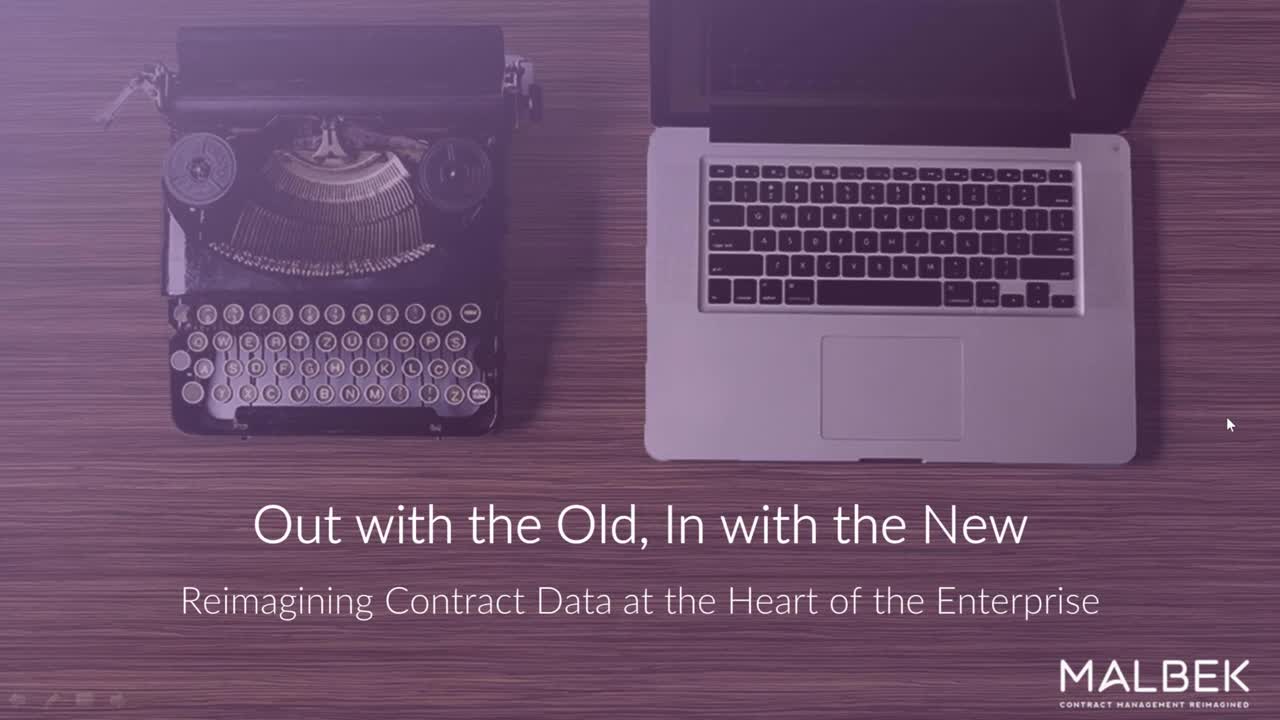Survey Says: How Does Your Company View Contracts?
Have you ever really considered the role contracts play in your company? Do you see them as a valuable resource that you continue to pay attention to? Or do you just store them on your computer because you have to without giving them too much thought?
At Malbek we strongly believe that contracts and managing their data is at the heart of every enterprise. They are critical assets. In our recent IACCM webinar, we were joined by one of our customers, Rafael Carmona of TIBCO Software, to explore the and impact of contract data in any enterprise, as well as how to recognize if you’ve outgrown your existing contracting system.
Out with the old, in with the new
Nothing captures the frustration of an ineffective CLM more than when Rafael Carmona of TIBCO Software explained: “My GC asked me ‘Do you really want to continue with this? Do we really need a CLM system?’ and I said ‘Yes, we absolutely need it!'”
Because of previous letdowns with other CLMs, TIBCO Software knew they needed an agile, cloud-based, user-friendly solution that had a lower total cost of ownership (TCO) and could be completely configured and administered by their own team, without needing constant vendor support, principles that Malbek was founded to deliver.
You can’t solve a modern problem with an outdated solution, so recognizing that your CLM isn’t as agile and useful is the first step in getting rid of the old. Daily struggles or a platform that is “shelfware” instead of software to your team are signs that you need to start looking. And knowing what your company needs before you make the switch is key to a smooth implementation.
CLM is a layer of integration
A lot of data comes in through contracts, and a CLM that allows you to tap into that data and use it throughout your enterprise is key. Providing just a repository isn’t enough for contract management. For the modern enterprise, it is a must to have a full 360° view of your contract data.
For TIBCO, being able to see their contract data helped them foresee and navigate the effects of the COVID-19 pandemic. They used technology to find and analyze the language, force majeure provisions, and termination clauses to see how their customers and suppliers could be impacted by the pandemic. Within 48 hours, TIBCO was able to find, analyze, and relay the possible impacts to the financial team. Having proper technology that allows you to take these proactive measures is why contracts should be treated as an asset and not just forgotten once they are signed.
How does your company see contracts?
We don’t see contracts as just a document that you sign and put away. Whether you are analyzing the financial impacts of a pandemic, like TIBCO did, or something more routine, they’re an asset that can help shape decision making and drive future success.
So, how does your company view their contracts? During the webinar, we took a poll of the audience and here are the results:

If your company is like the 53% of webinar attendees that treat contracts as critical assets, congrats, because we think alike! Tapping into contract data is critical for mitigating risk, understanding your customer, and using contracts as tools for success.
But if you are part of an organization that doesn’t pay such close attention, it might be time to assess where you are in one of these stages of contract management. Maybe it’s time to implement a CLM for the first time and begin to access and use the data that is hidden in your contracts. Or maybe it’s time to switch to a new CLM system, like Malbek, to realize the full benefit of your contracts and their data.
To listen to the full webinar, click here.







